The keto diet, a catchy shorthand for “ketogenic,” is a trendy eating plan that’s all about minimizing your carbs and upping your fats. It’s been hailed for helping folks shed those pesky pounds, manage diabetes, and even boost brain power. The main idea? You cut back seriously on carbs, and replace them with fats, leading your body into a state called ketosis. Here’s the cool part, in ketosis your body starts burning fat for fuel.
Maintaining a keto diet can offer various health benefits. Along with weight loss, research has shown that the keto diet may help manage conditions like epilepsy, diabetes, and certain cancers. Maintaining a keto diet may also improve heart health and polycystic ovary syndrome symptoms (PCOS). The high-fat content can lead to feelings of fullness, potentially reducing overall calorie intake.
Adherence to a keto diet requires careful food selection to ensure you stay within your daily carb limit and keep your body in ketosis. Therefore, it’s essential to know which foods are keto-friendly and which ones can hinder your progress. The following article provides a comprehensive list of foods to avoid on a keto diet. Thus, helping you make informed dietary choices.
Understanding the Keto Diet
What’s a Keto Diet Anyway?
Think of the ketogenic, or “keto” diet, as an eating plan that’s all about indulging in fats, being moderate with proteins, and giving carbs a cold shoulder. Typically, you’re looking at a nutrient spread of around 70-75% fats, 20-25% protein, and a skimpy 5-10% carbs. But why the fat frenzy, you ask? The aim is to switch your body’s main energy source from carbs to fats and ketones, helping you trim down that waistline.
The Process of Ketosis and How it’s Achieved
Now, what’s this buzzword “ketosis” all about? It’s a state where your body turns into a fat-burning machine. When you cut carbs drastically, your body runs out of its glucose storage (known as glycogen). With glucose in short supply, it starts breaking down stored fat into energy packets called ketones. This state, aptly called ketosis, is like a survival trick your body uses to keep going when food intake is sparse.
The Pros and Cons of Going Keto
The keto diet can be quite a benefit. It’s been associated with weight loss, better insulin sensitivity, and reduced inflammation. It might even have a protective effect on your brain. Some keto fans report having more energy and feeling less hungry, making it easier to stick to the diet.
That said, going keto isn’t all sunshine and rainbows. Early on, you might get hit with the so-called ‘keto flu.’ This can mean feeling fatigued, nauseous, headachy, and cranky as your body adjusts to its new fuel source. And due to its restrictive nature, you’ve got to plan your meals well or risk missing out on essential nutrients. As for long-term effects, the jury is still out. Some studies raise a red flag over heart health due to all those saturated fats.
Categories of Foods to Avoid on a Keto Diet
Overview of general categories to be aware of
When adhering to a ketogenic diet, it’s essential to be aware of food categories that can interfere with ketosis. The main categories include:
- Sugars and Sweets: Includes all forms of sugar, desserts, and sweetened beverages.
- Grains and Starchy Foods: Both whole and refined grains, along with foods made from them.
- Legumes and Beans: Most legumes are high in carbs and are not recommended for a keto diet.
- High Carb Fruits: Not all fruits are keto-friendly, some have higher sugar content.
- Root Vegetables: These vegetables are starchy and high in carbs.
- Some Dairy Products: Certain dairy products, particularly those with added sugar.
- Alcohol and Sugary Drinks: Alcohol can hinder ketosis, and sugary drinks are high in carbs.
Why these food groups are not keto-friendly
These food groups are typically high in carbohydrates, which can prevent your body from entering or staying in the state of ketosis. The keto diet relies on keeping carbohydrate intake very low, forcing your body to use fat as its primary source of energy instead.
For instance, sugars and sweets are high in simple carbohydrates and can rapidly raise blood glucose levels, disrupting ketosis. Grains, even whole grains, are complex carbs and thus not suitable for a ketogenic diet. High-carb fruits, legumes, root vegetables, and certain dairy products can also contribute to exceeding your daily carb limit.
Lastly, alcohol, especially sweetened alcoholic beverages, can add significant amounts of carbohydrates to your diet and potentially disrupt ketosis. Also, your body tends to prioritize burning alcohol for energy, potentially pushing you out of ketosis.
Specific Foods to Avoid on a Keto Diet
Sugars and Sweets
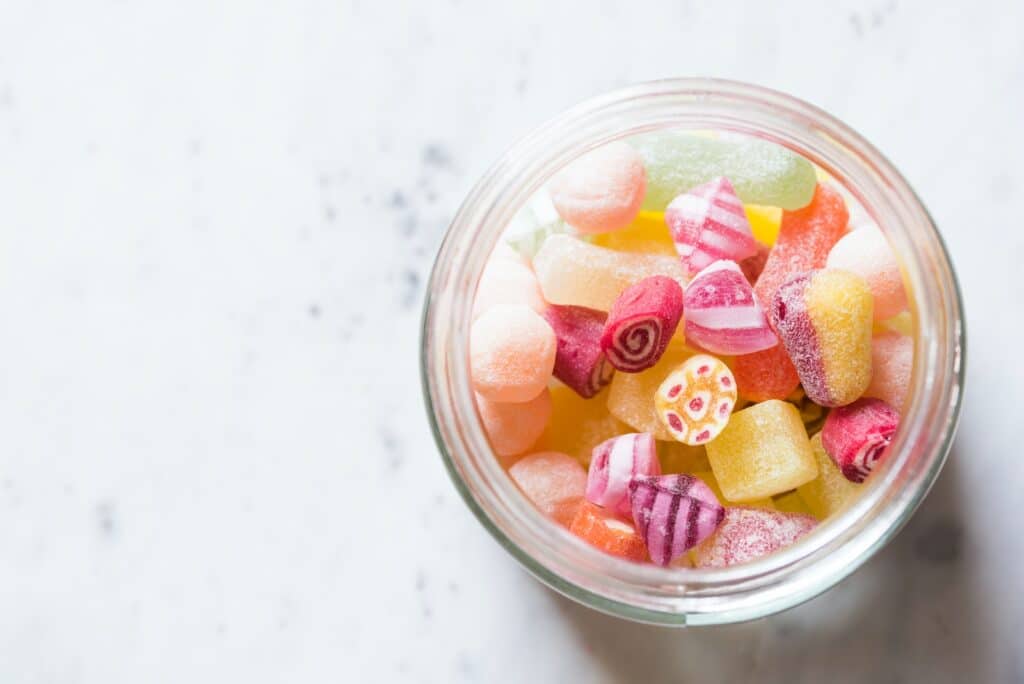
One might argue that the sin of sweets is not in their delightfully decadent taste but rather their high carbohydrate count. This enemy of ketosis ranges from the obvious offenders like candies, chocolate bars, cakes, cookies, to the icy pleasure of ice cream, and includes even the tempting allure of sweet pastries. Beware, all desserts hiding sugar under their tempting façade.
Also, don’t let their natural origins fool you; sweeteners like honey, agave nectar, and maple syrup carry a hidden menace: fructose. This sneaky type of sugar is ready to stop you from getting into ketosis after all your hard work.
Hidden sugars are even sneakier because they come in many different forms. From a loaf of bread that seems harmless to canned soups and even veggies! They hide in things like pasta sauce, ketchup, and salad sauces. Be careful with drinks as well. A lot of sugar can be found in soda, fruit juice, and some alcoholic drinks like wine and beer. To stay on the safe side of things, carefully read food labels and make sure you don’t fall into the high-sugar trap by accident.
Grains and Starchy Foods

If you think grains are your friends, you might have to reconsider. Carbohydrate-rich grains, both whole (wheat, oats, brown rice) and refined (white rice, white bread), transform into glucose in your body. This escalates your blood sugar levels, thus sabotaging ketosis.
Foods like potatoes, corn, and yams, which all have a lot of carbs, are also caught in the web of starchy foods. Be careful of processed foods made from grains, like pasta, cereal, and baked goods. These “wolves in sheep’s clothing” can cause a sudden surge in your carb intake, thereby disrupting ketosis. Remember, not all that is plant-based is keto-friendly. Knowing the carb content of foods is your shield in the battle for ketosis.
Legumes and Beans
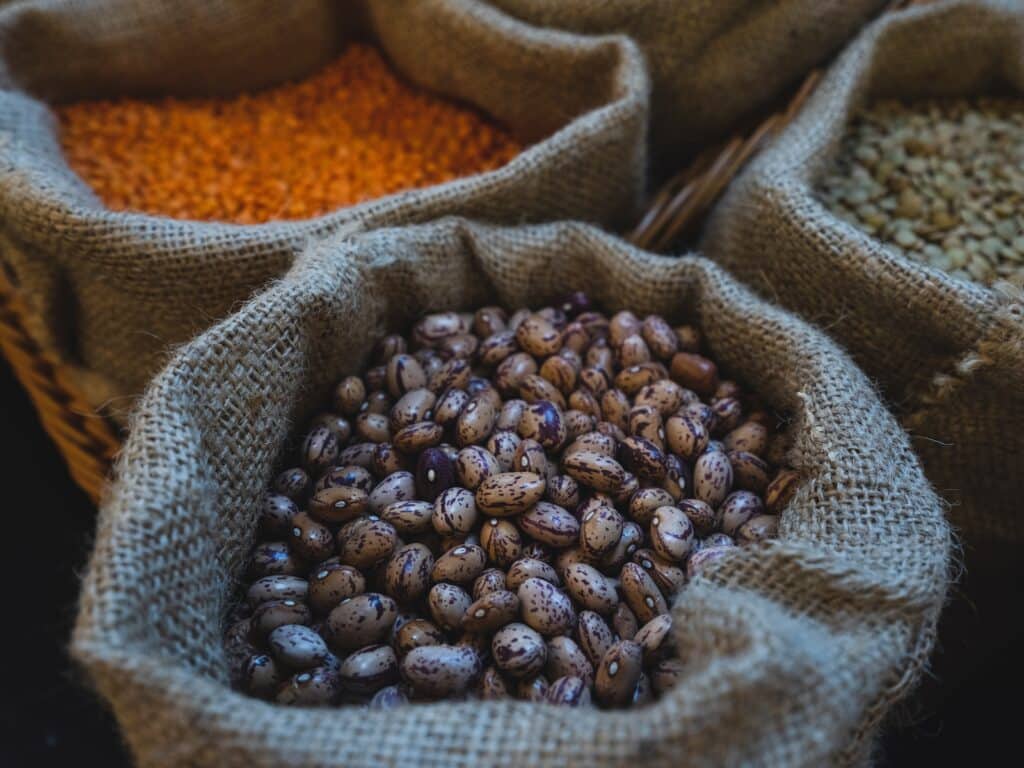
The mystery in this story might be the legumes and beans. Rich in fiber, full of protein, and packed to the brim with carbs. Lentils, chickpeas, black beans, and peas may seem like friends, but their high carbohydrate content could ruin your efforts to get into ketosis.
However, fear not. There are a lot of protein and fiber-rich alternatives that welcome ketosis. Meats, poultry, fish, eggs, and certain dairy types like cheese and Greek yogurt offer protein in abundance. For fiber, look towards non-starchy vegetables like leafy greens, broccoli, bell peppers, zucchini. Nuts and seeds, too, stand ready as great sources of fiber for your keto journey.
High Carb Fruits

Many fruits aren’t likely to help you get to ketosis because they have a lot of carbs hiding under their healthy skins. Bananas, apples, oranges, grapes, pineapples, and mangoes, despite their vitamins, do not favor ketosis.
Yet, not all fruits are enemies. Some lower-carb fruits, like berries (strawberries, blueberries, raspberries, blackberries), avocados, and olives can be sparingly enjoyed on your keto journey. Be cautious of their carb content, and balance them with high-fat foods like whipped cream or nuts to maintain a balanced macronutrient profile.
Root Vegetables
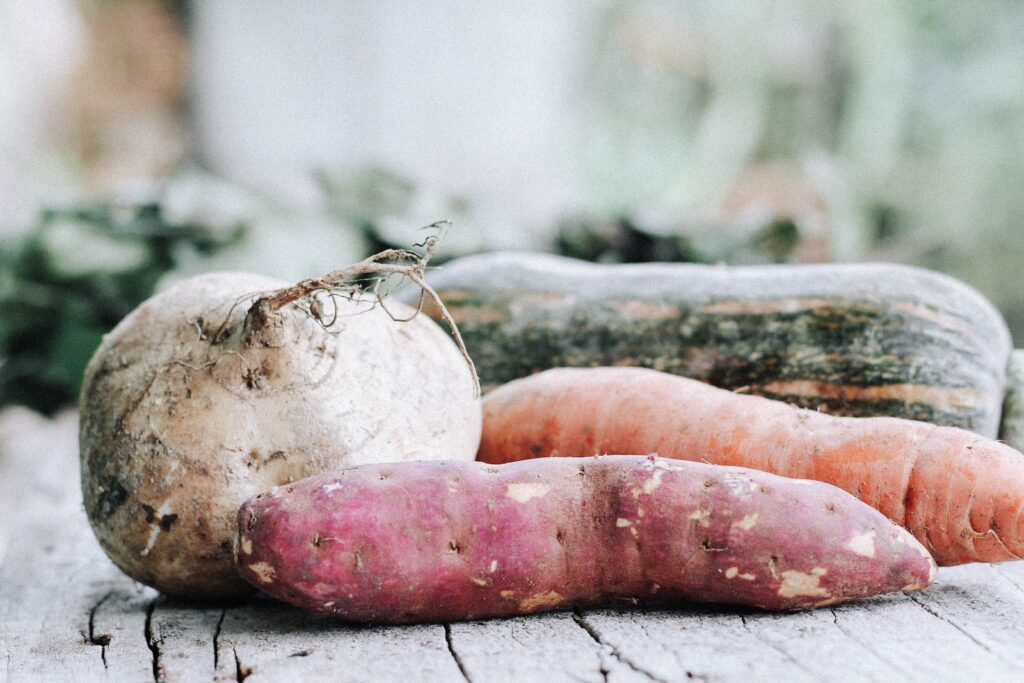
Root vegetables, while packed with nutrients, often conceal a high carbohydrate count, making them unsuitable for the ketogenic diet. The list of these hidden enemies includes potatoes, sweet potatoes, carrots, parsnips, beets, and turnips.
Fortunately, there are lots of alternatives to choose from. Vegetables growing above ground generally lean towards a lower carbohydrate content. Leafy greens (spinach, lettuce, kale), cruciferous vegetables (broccoli, cauliflower, Brussels sprouts), along with zucchini, cucumber, bell peppers, tomatoes, asparagus, and eggplant are your green allies in this ketogenic journey.
Some Dairy Products
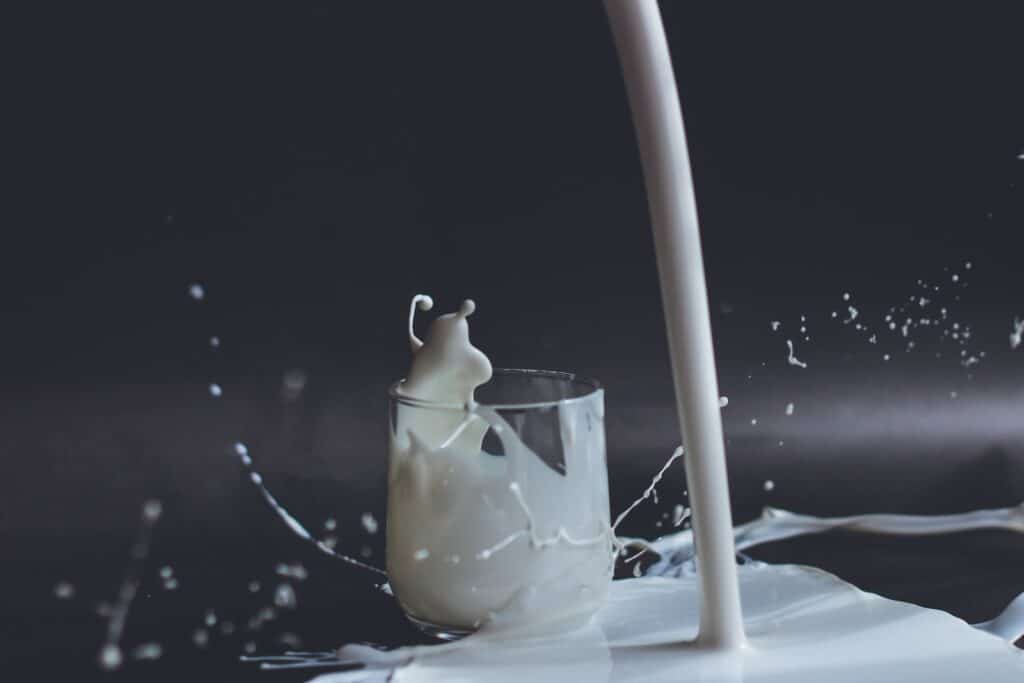
Some dairy products fit into the keto diet, but others do not. Dairy products that are sweetened or low in fat may not be keto-friendly. The carbohydrate content in milk, especially skim and low-fat versions, is too high for ketosis. Yogurts and ice cream that are flavored, sweetened, or low in fat should also be avoided.
The good news? High-fat, low-carb dairy products work well with a ketogenic diet. Your dairy companions are butter, heavy cream, full-fat yogurt, and a range of cheeses. The rule of thumb? Opt for unsweetened and full-fat versions wherever possible.
Alcohol and Sugary Drinks
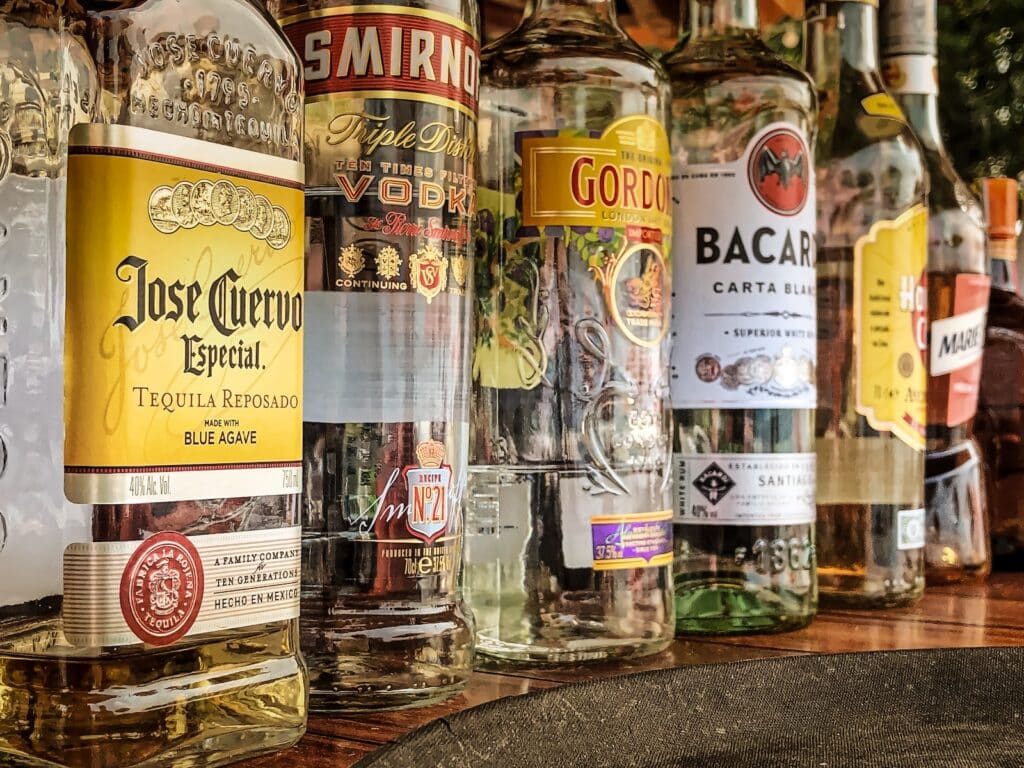
Impact of alcohol and sugary drinks on ketosis: Alcohol and sugary drinks can be high in carbohydrates and sugars, which can disrupt the state of ketosis. Additionally, the body burns alcohol before anything else, which can pause the fat-burning process.
Better beverage options for those on the Keto diet: When it comes to drinks on a keto diet, water is always the best choice. Other good options include unsweetened coffee and tea. If you want something flavorful, consider infusing water with cucumber, mint, or a few berries. Diet drinks can be an option, but they may affect sugar cravings and are not ideal for overall health. If you choose to consume alcohol, opt for hard liquors or dry wines, which have fewer carbs than beer and sweet wines—but remember to consume in moderation.
Misconceptions About Keto-friendly Foods
Dispelling Myths: What You Can and Can’t Eat on a Keto Diet
Keto eating requires a lot of discipline, but a lot of people have the wrong idea about it. Many people get lost in this maze because they are led by wrong assumptions rather than accurate information. Let’s shine a light on some of these common myths:
- The Green-And-Sweet Fallacy: While fruits and vegetables have a halo of healthiness, they aren’t all your friends in the ketogenic world. It’s the covert sugar in fruits and the hidden starch in vegetables that act as hidden saboteurs, disrupting the delicate balance of your keto diet.
- The Protein Overdose: Yes, protein does find a place in a ketogenic diet. But it’s not an all-you-can-eat protein feast. Rather, it’s the fat that plays the leading role. Overindulging in protein can throw a spanner in the works, obstructing your path to ketosis.
- The Fat Confusion: Not all fats are born equal, and certainly not all are good for your keto journey. Trans fats and excessive saturated fats are the villains in this tale, while monounsaturated and polyunsaturated fats emerge as the heroes, paving the way towards successful ketosis.
- The ‘Sugar-Free’ Delusion: A “sugar-free” label can be dangerously deceptive. Although it might appear to be a safe harbor, some sugar-free products harbor other high-carb ingredients that sneakily disrupt your ketosis.
How to tell if a food really fits the Keto Diet or not
To determine if a food item is keto-friendly, you should:
- Check the Nutritional Information: Look at the total carbohydrates and dietary fiber. The net carbs (total carbs – fiber) should fit within your daily carb limit.
- Check the Ingredients List: Look for hidden sugars or high-carb ingredients. Remember that sugar has many names, including dextrose, fructose, and sucrose.
- Use a Carb Counter or App: There are many apps and online tools available to help you track your carb intake.
- Consider the Portion Size: Even low-carb foods can become high-carb if you eat enough of them.
- Listen to Your Body: Everyone is different. Some people can eat more carbs than others and still remain in ketosis. Pay attention to how certain foods make you feel and adjust your diet accordingly.
Tips for Sticking to a Keto Diet
Advice on meal planning and grocery shopping
Planning your meals in advance can help you stay on track with your keto diet. Keep a list of your favorite keto recipes and plan your meals around those. When grocery shopping, stick to the outer aisles of the store where fresh foods like meats, dairy, and vegetables are usually located. Avoid the middle aisles where processed foods are typically found. Remember to check the nutritional labels for hidden carbs and sugars.
Suggestions for handling cravings for non-Keto foods
Cravings for non-keto foods can be challenging. When a craving strikes, try drinking a glass of water or herbal tea—sometimes, our bodies confuse thirst for hunger. Consider having some keto-friendly snacks on hand, like nuts, cheese, or a hard-boiled egg. Physical activity can also help curb cravings. If a craving persists, try to find a keto-friendly version of what you’re craving. There are countless low-carb recipes online for things like bread, desserts, and more.
How to stay on the Keto Diet and still go to parties and eat out
When attending social events or dining out, plan ahead. Check the menu online beforehand and decide what you will order. Opt for dishes that are primarily meat and vegetables, and don’t be afraid to ask for modifications, like swapping fries for a side salad. If attending a party, consider bringing a keto-friendly dish to share. Also, remember that it’s okay to occasionally indulge. One meal won’t derail your progress, as long as you return to your keto eating habits right after.
Conclusion
The road to ketosis is filled with detours and pitfalls, usually in the guise of carbohydrate-rich foods. Sugars and sweets, grains and starchy foods, legumes and beans, high-carb fruits, root vegetables, certain dairy products, and the treacherous landscape of alcohol and sugary drinks are all obstacles on your path.
It may seem hard to get through this ketogenic journey, but if you have a compass of understanding and a map of preparation, you can avoid the pitfalls. Be mindful of the nutritional content of your food, plan your meals with meticulous detail, and remember – mistakes are not failures but lessons to be learned.
Every journey is personal, so tune into your body’s signals, adjust your diet to suit your health goals, and embrace the unique path that unfolds before you. Stay steadfast, continue to make informed choices, and the fruits of your labor will surely be clear. Onward to your keto victory!







